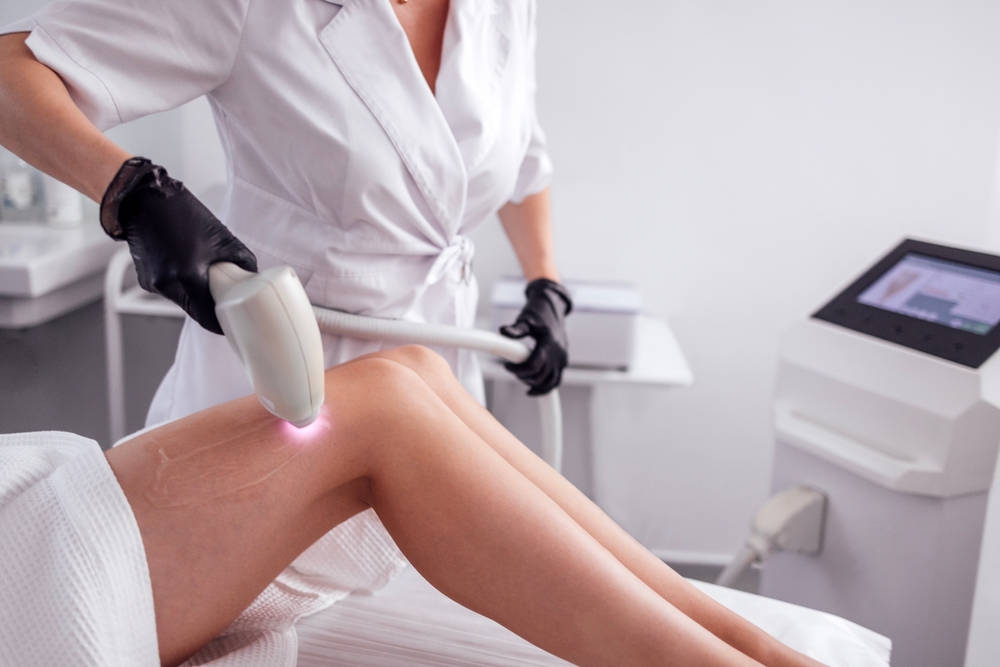Continuing Education Paths for Imaging Competency
Continuing education supports clinicians and technicians in maintaining and advancing imaging competency across sonography and related modalities. This article outlines structured learning paths, practical skill-building in scanning and interpretation, and specialty options such as obstetrics, cardiology, musculoskeletal, and vascular imaging to guide professional growth.

This article is for informational purposes only and should not be considered medical advice. Please consult a qualified healthcare professional for personalized guidance and treatment.
What is sonography competency?
Sonography competency combines technical skill with clinical judgment to produce reliable imaging and accurate diagnostics. Competency includes consistent probe handling, image optimization, and adherence to protocols that affect patient safety and diagnostic quality. Ongoing education reinforces standards for image acquisition, documentation, and quality assurance, while also addressing evolving hardware and software features in modern imaging systems.
How does imaging education progress?
Imaging education typically starts with foundational coursework in anatomy, physics, and ultrasound principles, then moves to supervised hands-on scanning and case-based interpretation. Progression often uses competency-based milestones—such as completing a set number of supervised scans or demonstrating interpretation accuracy—to validate readiness for independent practice. Structured continuing education helps practitioners update skills in a changing diagnostics landscape and supports revalidation requirements.
Obstetrics and cardiology specialty paths
Specialty tracks focus training on the unique demands of obstetrics and cardiology imaging. Obstetrics education emphasizes fetal anatomy, growth assessment, and precautions for sensitive examinations, while cardiology training covers cardiac windows, Doppler flow assessment, and dynamic interpretation of function. Both pathways require specialized protocols, frequent simulation or supervised practice, and case review to develop reliable diagnostic performance in their respective clinical contexts.
Musculoskeletal and vascular focused training
Musculoskeletal and vascular imaging courses center on anatomy-specific scanning techniques, high-resolution probe selection, and evaluation of pathology such as tendon tears or vessel occlusion. Vascular training adds Doppler competency to assess flow dynamics, whereas musculoskeletal education prioritizes probe orientation and dynamic maneuvers. These focused curricula often include hands-on labs, live models, and integration of interpretation exercises tied to clinical diagnostics and reporting standards.
Bedside, portable scanning and probe skills
Point-of-care imaging requires proficiency with portable systems and rapid bedside workflows. Education for bedside and portable scanning emphasizes quick image optimization, sterile probe handling, and adapting exams to constrained environments. Training covers selection of appropriate probes, presets for common bedside assessments, and strategies for documenting findings within clinical decision-making. Regular practice and supervised review help translate technical skills into reliable diagnostics in urgent or resource-limited settings.
Interpreting images and Doppler techniques
Interpretation training sharpens pattern recognition, differential diagnostics, and the integration of Doppler data into clinical conclusions. Doppler technique instruction focuses on angle correction, velocity measurement, and distinguishing artifact from true flow changes. Case-based learning and mentorship support the development of sound interpretation habits, improving diagnostic accuracy while fostering critical thinking about when additional imaging or clinical correlation is needed.
Conclusion
Continuing education for imaging competency blends theoretical knowledge, hands-on scanning, and interpretive practice across general and specialty areas. Whether refining bedside portable skills or deepening expertise in obstetrics, cardiology, musculoskeletal, or vascular imaging, structured learning pathways and ongoing assessment underpin reliable diagnostics and professional growth. Maintaining competency is an iterative process that aligns technical skill with clinical judgment and evolving standards.






